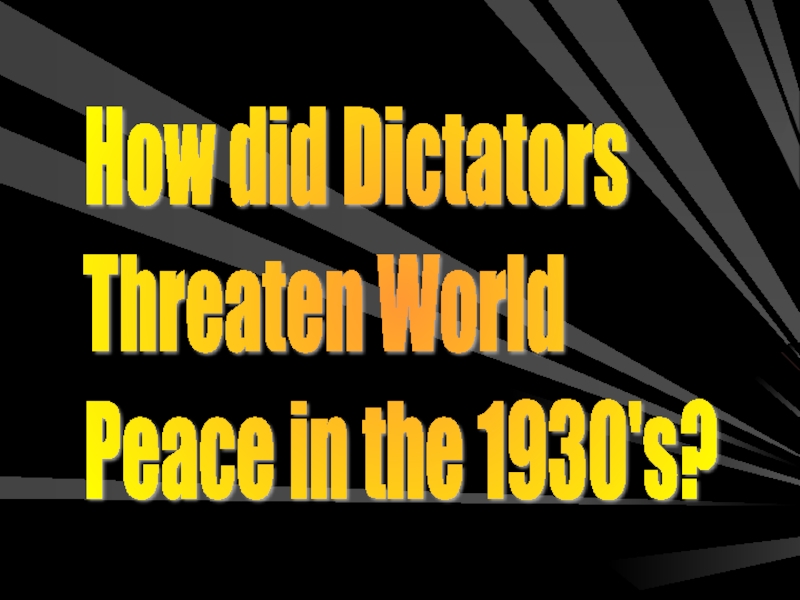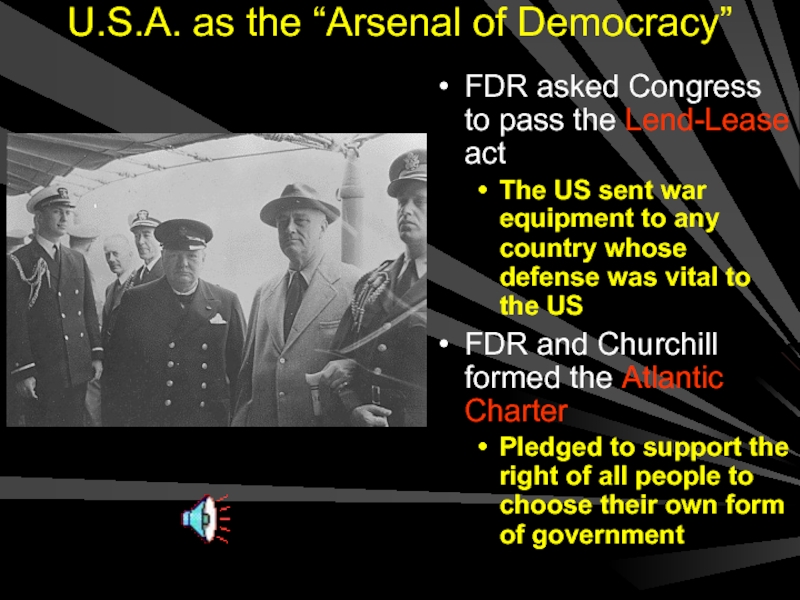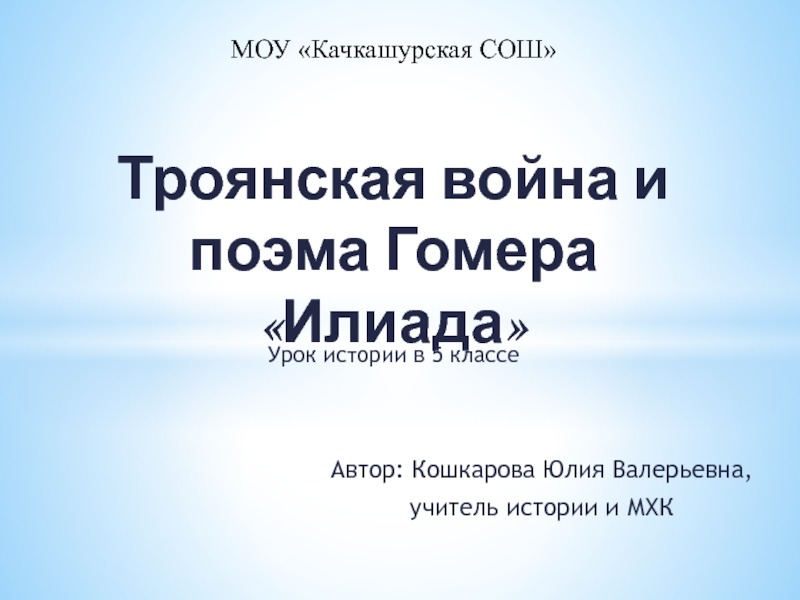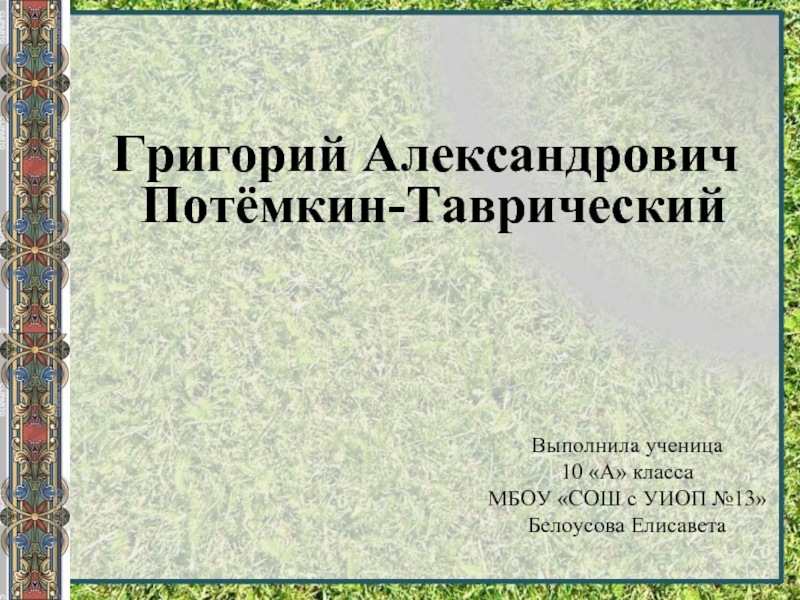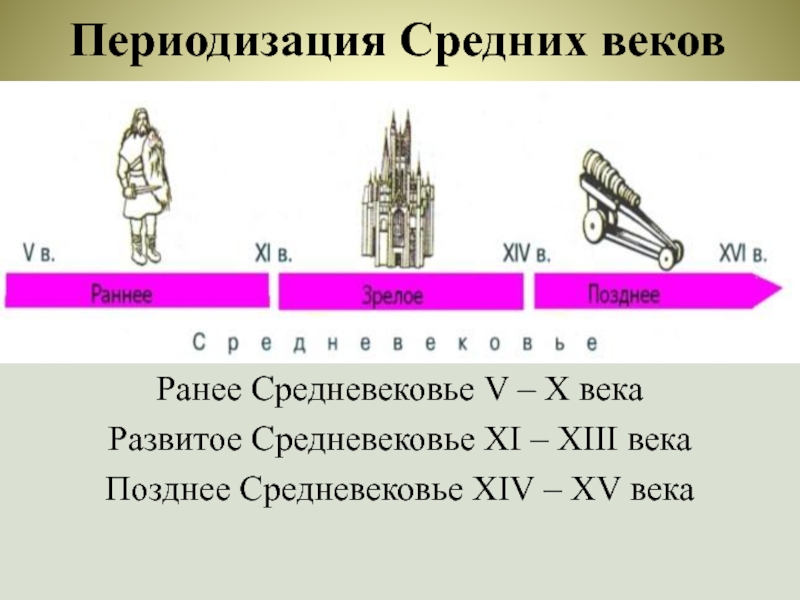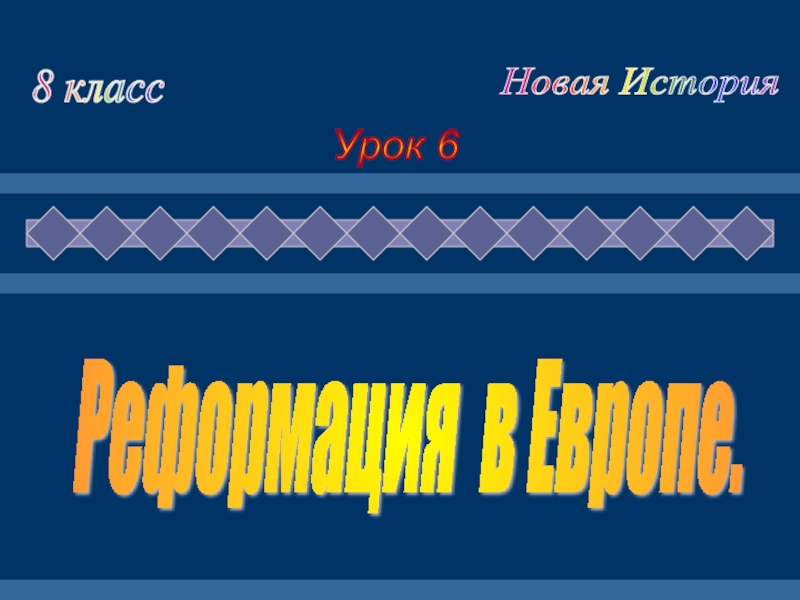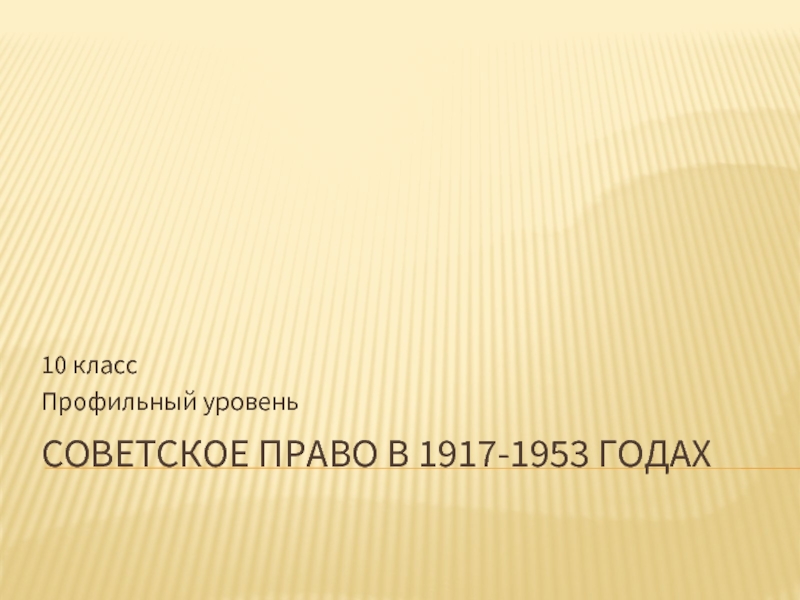- Главная
- Разное
- Дизайн
- Бизнес и предпринимательство
- Аналитика
- Образование
- Развлечения
- Красота и здоровье
- Финансы
- Государство
- Путешествия
- Спорт
- Недвижимость
- Армия
- Графика
- Культурология
- Еда и кулинария
- Лингвистика
- Английский язык
- Астрономия
- Алгебра
- Биология
- География
- Детские презентации
- Информатика
- История
- Литература
- Маркетинг
- Математика
- Медицина
- Менеджмент
- Музыка
- МХК
- Немецкий язык
- ОБЖ
- Обществознание
- Окружающий мир
- Педагогика
- Русский язык
- Технология
- Физика
- Философия
- Химия
- Шаблоны, картинки для презентаций
- Экология
- Экономика
- Юриспруденция
A Dictator in the Soviet Union (U.S.S.R) презентация
Содержание
- 1. A Dictator in the Soviet Union (U.S.S.R)
- 2. A Dictator in the Soviet Union (U.S.S.R)
- 3. Fascists in Italy Benito Mussolini seized power
- 4. Invading Ethiopia Mussolini used foreign conquest to
- 5. Rise of Nazi Germany Adolf Hitler took
- 6. Attacks on Jews Hitler and the Nazis
- 7. German Military Buildup Germany built up its
- 8. Military Rule in Japan In the early
- 9. American Foreign Policy Americans were too concerned
- 10. Conclusion How did dictators threaten world peace
- 11. What were the primary causes of World War II?
- 12. War In Europe German expansion Hitler annexed
- 13. Munich Conference Leaders of Britain, France, Italy,
- 14. Munich Conference Appeasement Fails!
- 15. Hitler invades Poland Hitler and Stalin sign
- 16. A Global Conflict After the invasion of
- 17. FRANCE SURRENDERS!!! Spring 1940 Hitler’s armies smashed
- 18. Hitler in France
- 19. Battle of Britain After France fell, Britain
- 20. Scenes from “The Battle of Britain” Germany’s massive bombardment of Britain
- 21. FDR and American Policy FDR tried to
- 22. U.S.A. as the “Arsenal of Democracy” FDR
- 23. The US enters the War! Japan’s war
- 24. Conclusion: What were the primary causes of
Слайд 2A Dictator in the Soviet Union (U.S.S.R)
Joseph Stalin
Came into power after
Dictator is a ruler who has complete power over a country
Stalin ruled a totalitarian state
Single party controls the government and every aspect of people’s lives
Through 5 year plans, industry expanded and a modern military force was built
Слайд 3Fascists in Italy
Benito Mussolini seized power in Italy in 1922
Played on
Mussolini outlawed all political parties except his own
He controlled the press and banned criticism of government
Mussolini is ALWAYS RIGHT!
Слайд 4Invading Ethiopia
Mussolini used foreign conquest to distract Italians from economic problems
Committed acts of aggression
Warlike act by one country against another without just cause
Mussolini wanted to build a new Roman Empire
Invaded Ethiopia (Haile Selassie)
League of Nations responded weakly (no help)
Italy’s modern army defeated Ethiopia
Слайд 5Rise of Nazi Germany
Adolf Hitler took advantage over anger of Versailles
Germany was given total blame for the war and pay war reparations
Created the Nazi party
Became a dictator and created a militaristic totalitarian state.
Government controlled the press, schools, and religion
Слайд 6Attacks on Jews
Hitler and the Nazis preached a message of racial
Blamed Jews, gypsies, and communists for Germany’s troubles (used as scapegoats)
Hitler claimed that German’s belonged to a superior “Aryan” race
Government sent Jews to concentration camps
Hitler planned to kill all the Jews in Europe
(Final Solution)
Слайд 7German Military Buildup
Germany built up its armed forces in violation of
League of Nations condemned Hitler’s actions (took no action to stop it)
In 1936, Hitler moved troops into the Rhineland
Violated Treaty of Versailles but Britain and France protested but took no action
Слайд 8Military Rule in Japan
In the early 1930’s, military leaders took power
Japan believed they had a right to an overseas empire
Japanese forces seized Manchuria (northeastern China)
Rich in coal and iron
China asked the League of Nations for help
The League condemned aggression but did nothing else
Слайд 9American Foreign Policy
Americans were too concerned about the depression to care
The U.S. developed an isolationist foreign policy and did not want to get involved in Europe and Asia
Neutrality Acts
Laws banned arms sales or loans to countries at war
Limited economic ties to warring nations
FDR’s Good Neighbor Policy tried to establish friendly relations with Latin American countries
FDR wanted the nations in the Western Hemisphere to stick together in the face of European conflict
Слайд 10Conclusion
How did dictators threaten world peace in the 1930’s?
Built militaristic totalitarian
Committed acts of aggression against other countries
The League of Nations and the U.S, Britain, and France did little to stop Dictators & their aggression toward others
Слайд 12War In Europe
German expansion
Hitler annexed (took over) Austria
Claimed the Sudetenland
Part of
Hitler planned to unite all German speaking people
Mussolini & Hitler
June 18,1940
Munich, Germany
Слайд 13Munich Conference
Leaders of Britain, France, Italy, and Germany met in Munich
Britain and France agreed to give Hitler the Sudetenland and Hitler promised he would seek no further territory
The practice of giving into aggression to avoid war is known as appeasement
Appeasement failed when Germany took the rest of Czechoslovakia
British Prime Minister
Neville Chamberlain
Слайд 15Hitler invades Poland
Hitler and Stalin sign a non-aggression pact
Promised not to
Hitler launches the blitzkrieg (Lightning war) against Poland
Poland quickly falls to Hitler
Слайд 16A Global Conflict
After the invasion of Poland:
Britain and France declare war
Later, the Allied powers would include: Britain, France, Soviet Union, United States, and China
The Soviet Union joined the allies in 1941 after Hitler broke the Non-Aggression pact
Italy and Japan join Germany to form the Axis powers
Слайд 17FRANCE SURRENDERS!!!
Spring 1940
Hitler’s armies smashed through Denmark, Norway, Holland, and Belgium
German
Hitler’s next target was Britain
Слайд 19Battle of Britain
After France fell, Britain stood alone in Europe
British Prime
Hitler never gets Britain, this was of great importance to the allied war effort.
WHY?
Britain gave the Allies a place to launch an offensive against Hitler
Слайд 21FDR and American Policy
FDR tried to help the allies
Asked for repeal
Congress agrees to a cash and carry plan
Allies could pay cash for arms and goods and carry them home in their own ships
The threat of war convinces FDR to run for a third term
FDR wins re-election (“Don’t change horses in midstream”)
Слайд 22U.S.A. as the “Arsenal of Democracy”
FDR asked Congress to pass the
The US sent war equipment to any country whose defense was vital to the US
FDR and Churchill formed the Atlantic Charter
Pledged to support the right of all people to choose their own form of government
Слайд 23The US enters the War!
Japan’s war in Asia continued at a
The US tried to stop Japan’s aggression by refusing to sell oil and metal to Japan
An angry Japan launched a surprise attack on the US
On Sunday, December 7, 1941 Japan bombed Pearl Harbor, Hawaii
2400 Americans killed, and the US Pacific fleet destroyed
FDR asked Congress for a declaration of war against Japan
Italy and Germany declared war on the US
Слайд 24Conclusion:
What were the primary causes of WWII?
Anger over Treaty of Versailles
Aggression by Germany, Italy, and Japan
Failure of world powers US, BR, FR, League of Nations to stand up to aggression
The failure of the policy of appeasement
The Japanese attack on Pearl Harbor
